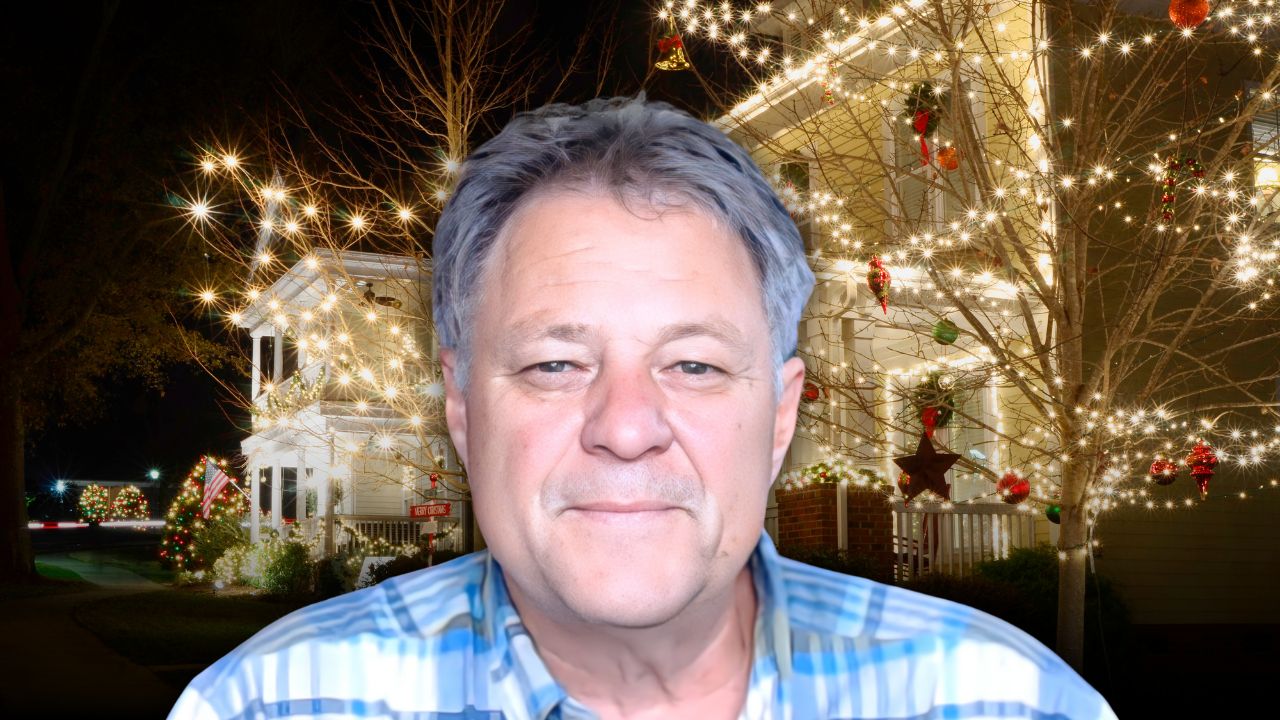Looking to Buy a Home? Search the entire MLS for homes located in the Flathead Valley.
Home Search
What does it mean when we Realtors talk about our market’s absorption rate? Today you’ll find out.
What is our market’s absorption rate? What can this term tell us about where our market is trending?
To answer the first question, consider this example:
Last year, if there were 100 homes for sale and 20 of those homes sold, that means we’d be averaging 20 home sales a year. At a rate of 20 home sales a year, the remaining 80 homes for sale would take four years to sell. Therefore, our absorption rate would be four years.
We Realtors look at the absorption rate to help sellers with their pricing strategy. In the video above, I’ve provided a few charts showing the absorption rate of different price ranges in our market from 2015 to 2018.
The first one, starting at 1:58, shows the absorption rate for the $300,000 to $400,000 range. As you can see, homes in the lower half of that range ($300,000 to $350,000) have been selling roughly 20% to 40% faster than the ones in the upper half ($350,000 to $400,000).
The next chart, starting at 2:31, tracks the absorption rate for the $500,000 to $600,000 range. In this case, homes in the lower half of this range sold nearly three times as quickly as the ones in the upper half from 2015 to 2016. That gap narrowed from 2016 to 2018, but at the end of last year, homes in the upper half were still taking roughly twice as long to sell as those in the lower half.
At 3:23, the $800,000 to $900,000 range shows that homes in the lower half were selling over three times as quickly as those in the upper half in 2015. As with the previous price range, that gap narrowed over the course of the next couple years, but at the end of 2018, homes in the upper half were still taking about 10 months longer to sell.
Finally, at the 4:00 mark, the $1 million to $1.5 million range shows that homes in the upper half were taking four times as long to sell as those in the lower half in 2016. By the end of 2018, that difference had shrunk, but there was still a sizeable difference between the two micro ranges.
As you can see, in the top half of these price ranges, homes sold at a much slower rate over the past three years. Why is this? In my opinion, it’s because buyers tend to want to get the most home possible for what they’re willing to pay, and if they shop in a certain price range and don’t find anything, they’ll look upward, thereby ending up in the lower half of the next price bracket.
If you’d like to know more about the absorption rate for different price ranges in our market and how they impact you as a buyer or seller, don’t hesitate to reach out to me. I’d love to speak with you.
-
Let’s Explore Your Selling Options. We will help you sell your home at the price and terms you want. Schedule your Selling Strategy Call
-
Property Value Estimate. Know the Value of your property with real data and experience. We can help you make an informed decision. Schedule a Home Valuation Consultation
-
Looking to Buy a Home or Land?. Search the entire MLS for homes and land in the Flathead Valley. Home Search
-
E-Newsletter. Get our latest Q&A, insights, and market updates to make smarter decisions. Subscribe Now




